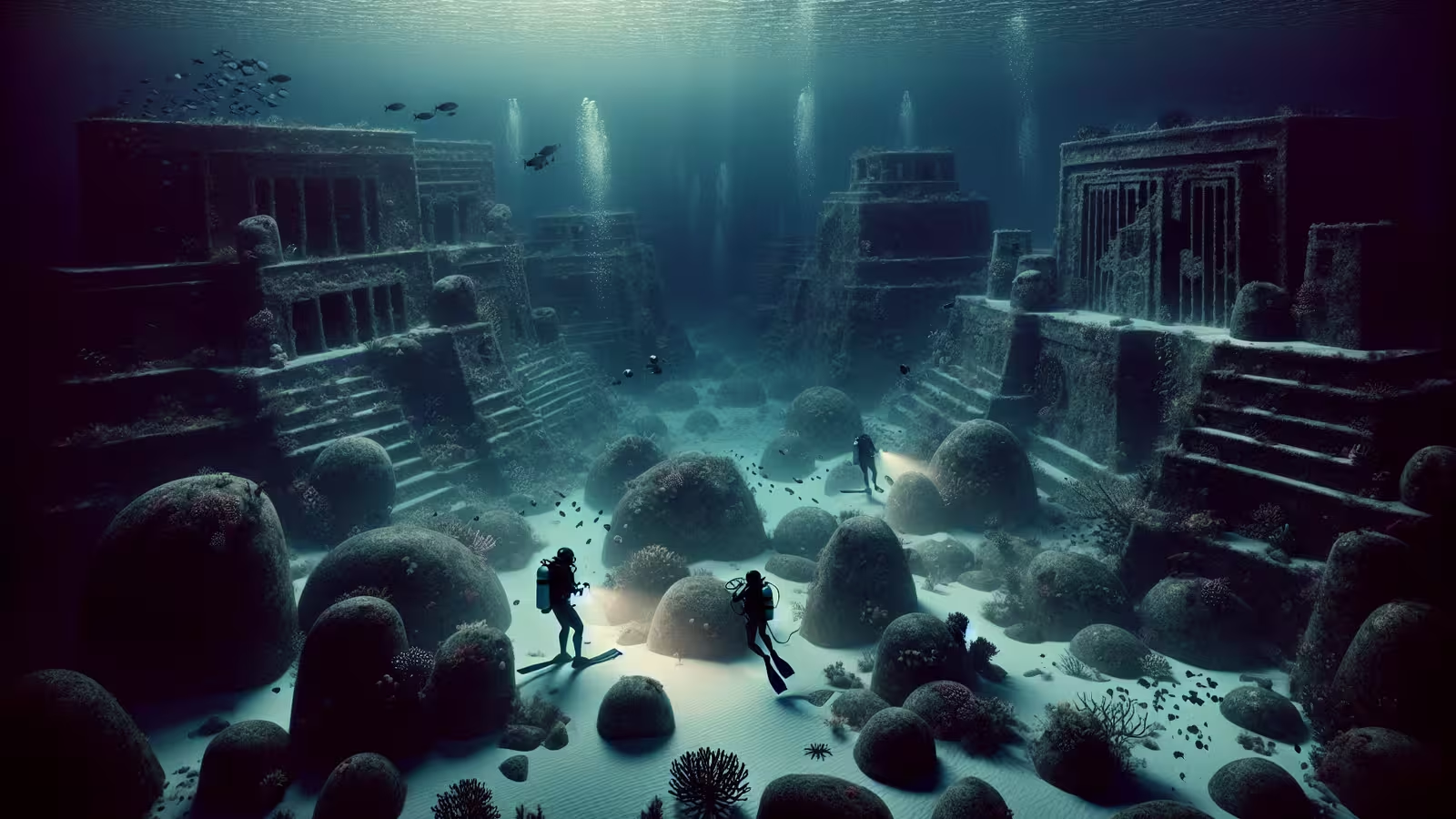7 Minutes
Unearthing the Secrets of the Rio Grande Rise: An Ancient Island Beneath the Waves
Deep beneath the Atlantic Ocean, approximately 750 miles from Brazil’s coast, researchers have made a discovery that is capturing the attention of the global scientific community and resource industries alike. Known as the Rio Grande Rise, this submerged plateau has revealed compelling new evidence that it was once a flourishing tropical island millions of years ago—and is now packed with rare earth elements crucial for advanced technologies.
The Geological Context: From Volcanic Chain to Hidden Island
The Rio Grande Rise dates back about 80 million years to the Late Cretaceous period. Formed by volcanic activity, the structure is essentially a chain of underwater volcanic mountains. Over eons, tectonic shifts and the immense weight of volcanic rock pushed the plateau beneath sea level, where it lay forgotten except to marine scientists and geologists. Despite its status as a well-documented feature of the Atlantic seabed, ongoing research continues to yield remarkable surprises—including its newfound status as an ancient island and a repository of highly sought-after rare minerals.
The 2018 Breakthrough: Clues in Subsea Sediments
The narrative shifted in 2018, when a collaboration between Brazilian and British scientists revealed rocky outcrops in the western Rio Grande Rise that were starkly different from typical seafloor features. These outcrops displayed layers of lava and bands of red clay more commonly associated with terrestrial landscapes, sparking a series of in-depth studies. As Dr. Bramley Murton, a marine geologist from the UK’s National Oceanographic Centre, noted, “You just don’t find red clay on the seabed. The deposits looked like tropical soils.”
Red Clay and Eocene Origins: Evidence of a Lost Island
In 2023, findings published in Scientific Reports provided robust evidence that part of the Rio Grande Rise had in fact been exposed above sea level during the Eocene epoch, approximately 44–47 million years ago. The presence of red clay between ancient lava flows was a primary indicator. Red clay is a weathered soil typically formed in hot, humid climates—a further signal that this now-submerged plateau supported lush vegetation and terrestrial life before eventually sliding beneath the waves due to geological processes.
Dr. Priyeshu Srivastava from the Indian Institute of Geomagnetism explained: “Imagine a lush tropical island slipping beneath the waves and lying frozen in time. That’s what we've uncovered.” The chemical makeup of the red clay—rich in minerals like kaolinite, hematite, and goethite—mirrors that found in Brazil’s contemporary tropical soils. According to Dr. Luigi Jovane, a study co-author from the University of São Paulo, “these red clays are exactly the same, chemically and mineralogically, as the red earth or terra roxa we find all over Brazil.”
Climate Clues and Geological Implications
Red clay with a high chemical index of alteration (CIA value of 93) revealed intense weathering had taken place when the region was exposed to the atmosphere for millions of years, following the end of volcanic activity. Dr. Srivastava emphasized that “the red clays could have only formed due to intense chemical weathering during the subaerial exposure of the Rio Grande Rise.” This finding opens new windows into the region’s paleoclimate and even into the biological history of the Atlantic, hinting at possible migration routes for birds between South America and Africa, using the then-island as a stopover.
Strategic Value: Rare Earth Elements and Global Supply Chains
Beyond its geological and paleoclimatic importance, the Rio Grande Rise is significant for its abundance of critical raw materials. The plateau’s ferromanganese crusts concentrate high levels of economically vital metals such as cobalt, nickel, and lithium—core ingredients in the production of lithium-ion batteries for electric vehicles, renewable energy storage systems, and components for wind and solar power technologies. These resources are pivotal for the transition toward sustainable energy and green tech.
Crucially, the formation is also extraordinarily rich in rare earth elements, including yttrium—a soft, silvery metal essential in aerospace alloys, powerful lasers, LED lighting, superconductors, and the glass used in high-quality camera lenses. As nations race to secure stable sources of these materials, the Rio Grande Rise emerges as a potential game-changer.
Geopolitical Uncertainty and Continental Claims
The discovery, however, raises thorny questions of ownership and stewardship. Since the Rio Grande Rise lies in international waters—well outside the 200-nautical-mile Exclusive Economic Zone defined by the United Nations Convention on the Law of the Sea—no single country has uncontested rights to its mineral riches. “The presence of the island can confirm the fact that it was once connected to the continent,” Dr. Jovane remarked, echoing Brazilian hopes of extending territorial claims based on this new geological data.
The Brazilian government is keen to enhance its legal standing over the plateau, with an eye on both economic development and resource protection. Still, such claims could complicate matters for marine scientists and global stakeholders interested in preserving the deep-sea environment while responsibly managing mineral extraction.
The Race for Rare Earths and the Global Technology Supply Chain
The strategic significance of such rare earth reserves has never been greater. Many high-technology industries—including defense, renewable energy, and electronics—depend on secure and sustainable access to these elements. Since China currently dominates the rare earths supply chain (mining around 70%, refining over 85%, and controlling some 90% of processing into magnet and alloy forms), any new discoveries outside its borders are closely monitored by industry leaders and policymakers.
Tensions escalated in April when China announced new export restrictions on several types of rare earths, including yttrium. This global supply squeeze places additional focus on alternative sources like the Rio Grande Rise, increasing pressure to resolve both legal and ethical issues surrounding deep-sea extraction and environmental stewardship.
Conclusion
The accidental discovery of an ancient island beneath the ocean not only reshapes our understanding of Earth’s geological history but also highlights a strategic crossroads for international policy and future technology supply chains. The Rio Grande Rise, once a vibrant tropical landmass and now a vault of critical minerals, exemplifies the potential and challenges of ocean exploration in the 21st century. As the race for rare earth elements intensifies, finding a balance between economic opportunity and environmental conservation will be paramount. Despite these opportunities, China’s dominance in the rare earth market endures for now—but discoveries like this have the potential to shift the landscape of global resource security in years to come.



Comments